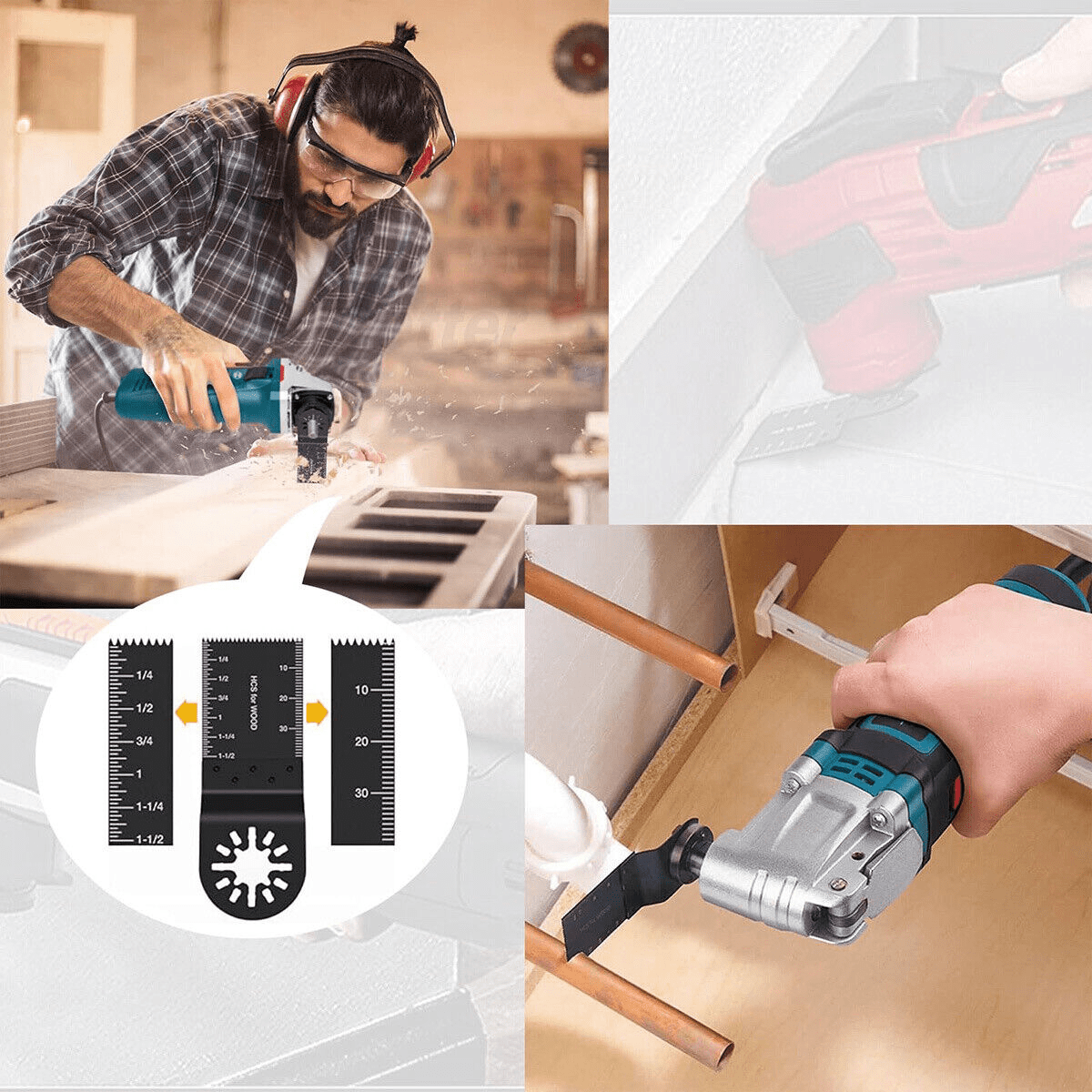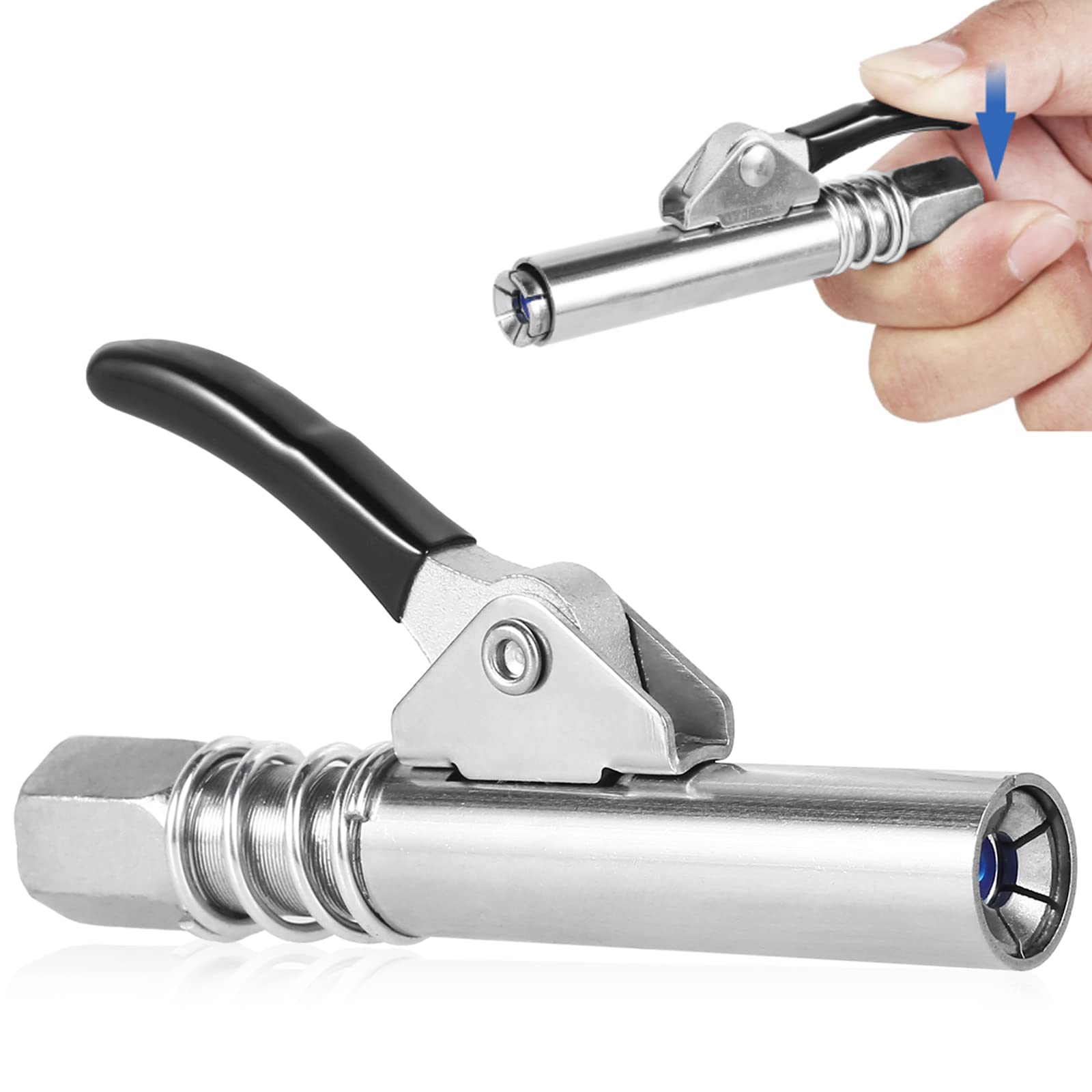Summary
In short: a compression spring resists compressive forces (it wants to expand), while a tension spring resists tensile forces (it wants to contract). But beneath that simple distinction lies a raft of design choices — wire diameter, coil pitch, end types, materials, heat treatment, and surface finish — each of which changes how a spring behaves in the real world. This guide walks you through everything you need to choose, specify, and test springs for practical applications.
1. Baselines — What Is a Spring?
At the most basic level, a spring stores mechanical energy when subjected to a load and releases it when the load is removed. Springs convert work into potential energy (and vice versa) and are defined by their stiffness (spring rate), maximum deflection, fatigue life, and stability under load.
Engineers treat springs as elastic elements that follow Hooke’s Law (within elastic limits): F = k × x, where F is force, k is the spring rate (N/mm or lbf/in), and x is displacement.
2. Compression Spring vs Tension Spring — Core Differences
2.1 Fundamental functional difference
Compression springs are designed to operate under a compressive load — they are installed so that when a force pushes on them, they shorten and provide a resisting force. You'll find them in ballpoint pens, valve assemblies, suspension systems (coils), and mattress innerspring units.
Tension springs (also called extension springs) operate under tensile load — they are installed in a pre-compressed or resting state between two components. When the components move apart, the spring stretches and resists that motion. Typical uses include garage doors, trampolines, and return mechanisms in machinery.
2.2 Visual & geometry differences
Compression springs typically have open-coil geometry — there is space between adjacent coils so they can compress. Tension springs have coils wound tightly together (closed coils) with hook, loop or other end attachments that let you connect them to other components. A tension spring usually shows visible hooks, loops, or end-eyes.
2.3 Mounting and end conditions
Compression springs press between two surfaces (they are "stacked"), whereas tension springs are pulled from their ends. End configurations and how the spring is anchored dramatically affect load distribution and fatigue life.
3. Design Principles & Physics of Springs
3.1 Spring rate and stiffness
The spring rate (k) defines how much force is needed to produce a unit deflection. For helical springs (both compression and tension) made from round wire, the approximate spring rate formula is:
k ≈ (G × d⁴) / (8 × n × D³)
Where G is shear modulus (material dependent), d is wire diameter, n is the number of active coils, and D is the mean coil diameter. Note this is an engineering simplification — real parts need correction factors for end conditions and curvature.
3.2 Solid height, free length, and maximum deflection
Compression springs have a free length (unloaded length) and a solid height, which is the length if all coils touch. Design must ensure the spring never reaches solid height under normal operation, or else it will experience coil binding and localized stresses.
Tension springs have free length and a maximum safe extension. Overstretching a tension spring leads to permanent deformation or failure at the ends.
3.3 Fatigue life and S-N curves
Springs typically fail from fatigue after many cycles. The S-N curve (stress vs number of cycles) guides designers: higher mean stress shortens fatigue life dramatically. For cycling applications, choose materials and designs with controlled stress concentration and appropriate shot peening or surface finishes to extend life.
3.4 Buckling & lateral stability
Compression springs under compressive load can buckle if they are slender (high free length to diameter ratio). Designers add guidance (spring cages) or choose a larger coil diameter to avoid buckling in critical applications.
3.5 Hooke’s Law limits — stay elastic
Design within the elastic limit of the material. If you exceed the proportional limit, you get plastic deformation, and the spring will not return to its original length.

4. Springs' Materials & Manufacturing Processes
4.1 Common spring materials
Choice of wire material affects strength, corrosion resistance, temperature tolerance, and manufacturability. Common materials:
- Music wire (high-carbon steel) — high strength, economical, used for small springs in temperate environments.
- Stainless steel (304, 316) — excellent corrosion resistance; 316 for marine environments.
- Oil-tempered spring steel — used for larger applications with good fatigue resistance.
- Chrome-silicon, chrome-vanadium — for high-temperature and high-fatigue applications (e.g., valve springs).
- Copper alloys (phosphor bronze) — for electrical/anti-corrosive requirements.
4.2 Manufacturing steps (helical springs)
- Coiling — wire is coiled around a mandrel to the desired geometry (CNC coilers produce consistent parts).
- Grinding — for compression springs that require flat ends, end grinding creates parallel surfaces.
- Heat treatment — stress-relief and hardening to set properties and reduce residual stresses.
- Shot peening — for improved fatigue life by inducing compressive surface stresses.
- Finishing — plating, passivation, or coating for corrosion protection.
4.3 Tension spring specifics
Tension springs are usually manufactured with closed and ground ends or with loops/eyes welded or formed at their ends. Double closed-loop springs (like your product) provide secure anchoring points for repetitive motion and higher safety margins.
5. Performance Comparison & Specs Table
The following table summarizes typical performance differences to help choose between a compression and tension spring in common scenarios.
| Feature | Compression Spring | Tension Spring |
|---|---|---|
| Primary action | Resists compression (push) | Resists extension (pull) |
| Typical coil geometry | Open coils with gaps | Closed coils, often wound tight |
| End options | Ground or plain ends; seats against surfaces | Hooks, loops, or end-eyes for attachment |
| Common uses | Valves, bumpers, shock isolation | Garage doors, latches, and return mechanisms |
| Failure mode | Buckling or coil binding; fatigue at high stress | Over-extension, end-hook failure, fatigue at attachment points |
| Design complexity | Requires attention to lateral stability (buckling) | Focus on end attachments and stress concentration |
| Ease of testing | Compression testing is easier on bench presses | Tension testing requires fixtures and care to avoid end damage |
For selecting springs for vibration isolation, compression springs can be stacked or used in series/parallel; tension springs are rarely used for isolation, but are excellent for controlled return forces.
6. Applications — When to Use Which Spring
6.1 Compression spring typical applications
- Shock absorbers and vehicle suspension (coil springs)
- Valve springs in engines
- Detent and push-button mechanisms
- Load-bearing bumpers and mechanical stops
6.2 Where a tension spring is the better choice
- Return mechanisms for pedals, levers, and switches
- Garage door counterbalance systems
- Door closures and latches
- Trampolines, screen doors, and certain conveyor systems
6.3 Hybrid and special cases
Sometimes springs are combined in assemblies: e.g., a compression spring provides preload while a tension spring handles return force in a two-stage mechanism. Understanding the desired function helps decide whether you need compression, extension, or even torsion springs.

7. Installation, Testing & Maintenance
7.1 Installing compression springs
When installing a compression spring, ensure its ends seat properly. Ground ends mate flatly to reduce point loading. Use guide bushes or sleeves when the spring is long to prevent buckling.
7.2 Installing tension springs
A tension spring should be mounted so that the end attachments are robust and do not introduce sharp bends at the eye or hook. Prefer closed-loop ends or welded loops for high-cycle applications to reduce stress concentration.
7.3 Testing springs
Measure spring rate, solid height (compression) or maximum safe extension (tension), and perform cyclic testing. Tension springs need fixtures that distribute load across the eye or loop to avoid premature failure.
7.4 Maintenance and inspection
- Regularly visually inspect for corrosion, nicks, and permanent set.
- Measure free length and compare to baseline; a permanent reduction indicates creep or set.
- Document cycles in high-wear environments; replace springs before end-of-life to avoid secondary damage.
8. Common Mistakes About Springs and How to Avoid Them
Here are mistakes we see repeatedly — and how to prevent them.
| Mistake | Why It Happens | How to Avoid |
|---|---|---|
| Using the wrong spring type | A designer or technician confuses compression vs tension | Clarify whether the assembly is loaded in push (compression) or pull (tension). Use function-driven selection. |
| Poorly sized end attachments | Ends concentrate stress | Use closed loops, larger radii, or sleeves to distribute load across the eye/hook. |
| No fatigue assessment | Ignoring cyclic loads | Model cycles and use fatigue-rated materials; add safety factors for life expectancy. |
| Wrong material for the environment | Cost-saving or oversight | Choose stainless or coated materials for corrosive environments. |
| Incorrect heat treatment | Manufacturing shortcuts | Specify required tempering and stress-relief in procurement documents. |
If you’re unsure, measure the operating displacement and forces in a test rig — it’s far cheaper than swapping springs in the field.
9. Real-World Case Studies: Lessons from Field Use
Case Study A — Garage Door Counterbalance
A residential garage door used a poorly specified extension spring. The spring failed after two winters because it wasn’t rated for the cyclic temperature swings, and the end hooks wore into the mounts. Fix: switch to a thicker-gauge, double-loop tension spring and add protective sleeves at the mounting points.
Case Study B — Agricultural Equipment
On a seeding machine, compression springs were buckling under side load. The repair substituted guided springs (with sleeves) and increased coil diameter to reduce the slenderness ratio, which eliminated buckling and extended life.
Case Study C — Industrial Conveyor Return
A manufacturer used tension springs with small welded loops; the loops cracked at high cycles. Replacing with double-closed-loop stainless springs (larger loop radius and thicker wire) increased the service life by 4×.
10. Frequently Asked Questions (FAQ)
Q1. Can a compression spring be used as a tension spring?
No. Compression springs are not designed with the end terminations or closed coils required to handle tensile loads reliably. Using them in tension risks uncontrolled uncoiling or failure.
Q2. How do I measure the spring rate?
Measure force vs displacement on a calibrated test rig. The slope of the linear region of the F–x graph is the spring rate k. For small-scale applications, a digital force gauge and micrometer can work if you maintain steady loading.
Q3. What is “set” and how much is acceptable?
A set is the permanent change in free length after sustained load or repeated cycling. Acceptable set varies by application, but typically a small percentage (1–3%) may be acceptable for non-critical applications. Specify the maximum allowable set for critical designs.
Q4. When should I choose stainless over music wire?
Choose stainless when corrosion resistance is required (marine, outdoor, chemical exposure). Music wire is stronger and cheaper, but corrodes unless plated/coated.
Q5. How much safety margin should I use in spring selection?
For static loads, a safety factor of 2 is common; for cyclic and fatigue-prone applications, use higher safety margins and fatigue-rated materials — often 3–5× based on expected cycle life.
11. Conclusion & Buyer’s Guide
Understanding the difference between a compression spring and a tension spring is more than semantics — it’s about function, safety, and longevity. Choose springs based on the load direction (push vs pull), environment, expected cycles, and attachment geometry.
Quick Buyer Checklist
- Confirm function: compression vs tension
- Measure operating load and displacement
- Choose material for the environment (stainless steel for marine)
- Specify end-attachments suitable for cycles
- Request fatigue life data from the supplier
Recommended Product
If you need a reliable, high-quality tension spring, consider this stainless double closed-loop option we offer: Double Closed-Loop Stainless Steel Spring (2mm wire, 50–330mm). It’s suitable for high-cycle, corrosive, or outdoor uses thanks to stainless steel construction and robust end loops.
If you have a specific application, send us the load and travel requirements — we’ll help you pick the right spring and end-attachment. Good specification saves time and prevents failures.








